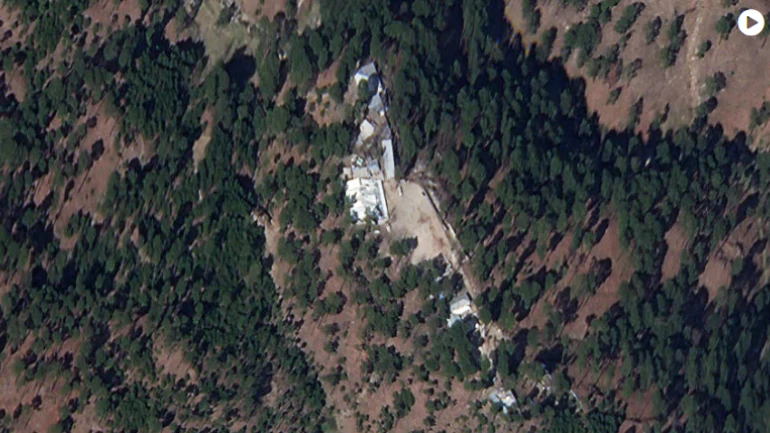Ending the debate over the efficacy of the Balakot air strike in Pakistan on February 26th, further developments revealed that 170 terrorists belonging to the Jaish-e-Mohammad were killed . A foreign journalist, Francesca Marino, has confirmed the number of terrorist that were killed in the Indian air force action. The air strike on Balakot came days after the JeM terrorist blew up the convoy of Indian soldiers at Pulwama.
Biggest Balakot Airstrike Newsbreak: In an article, Italian journalist has confirmed casualties caused by airstrikes.
More details by @RShivshankar in conversation with @PadmajaJoshi. pic.twitter.com/6yFSkdCxP7
— TIMES NOW (@TimesNow) May 8, 2019
As it is well known now, the IAF strike was carried out at around 3.30 am. According to information provided by the journalist, an Army unit, from their camp in Shinkiari, arrived at the location of the strike on February 26 at around 6 am, two and a half hours later. Shinkiari is also a base of the Pakistan Army, with the Junior Leaders Academy (JLA) located there. Immediately after the Army unit arrival, the injured were taken to a Harkat-ul-Mujahideen camp, located in Shinkiari and treated by Pakistan Army doctors. Local sources say around 45 persons are still undergoing treatment in this camp, while around 20 have died during treatment due to serious injuries. To prevent news on the fatalities leaking through statements of family members of cadres, a group of JeM members also visited the families of those killed and handed over cash compensation to them.
Since the air strike Pakistan has denied all the claims that India’s retaliation was an efficient attack and was successful in achieving the target that was set in the airstrike. Apart from the reporting done by the foreign journalist, various other incidents proved that India’s air strike in Pakistan was an efficient attempt to stop the cross border terrorism. The strongest evidence of India’s success is the fact that no one has taken up the leadership of JeM. Lt Gen KJS Dhillon said that the Balakot strike against the Jaish-e-Mohammed in Pakistan resulted in a situation where no one is willing to take up the leadership of the outfit.
Further, review reports of the air strike also supported the point that the Balakot sir strike was indeed a success for India. It achieved the purpose of sending a strong message to terror groups across the border that India would retaliate to any further threat to its national security. The review of the Indian Air Force on the Balakot strikes conducted on 26th February has shown that the aircraft hit 5 of the 6 designated mean points of impact (DMPI). These included the buildings of the Jash-e-Mohamad terror training complexes. It is one of the most successful air strikes by India.
The claims by the government that the strikes were a success have finally been proved. The selection of targets and means of operation were meticulously planned by the Indian Air force. The IAF has concluded that the security maintained in the operation was of the highest order with no breach of communication networks despite the fact that more than 6,000 people were involved in the entire operation process.
